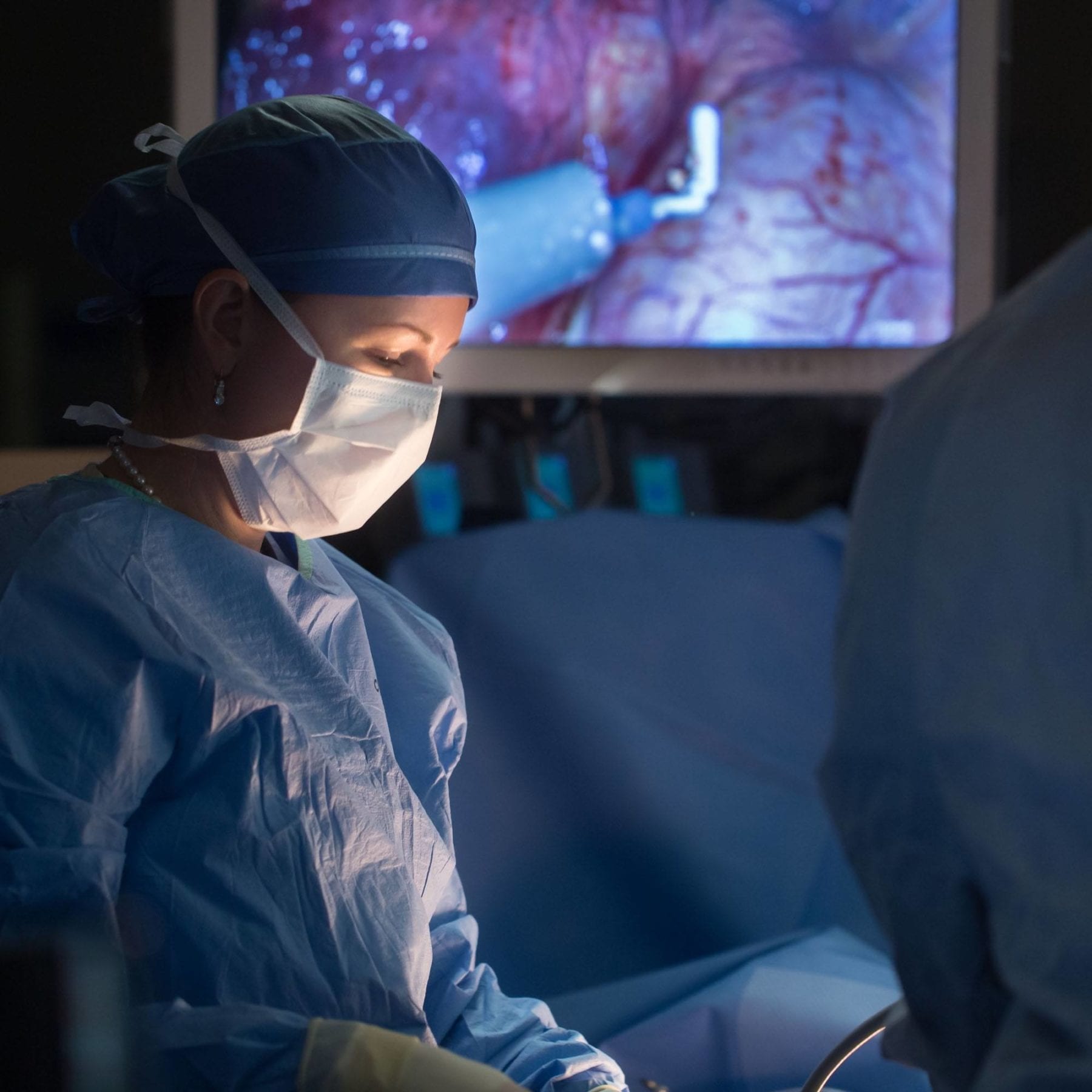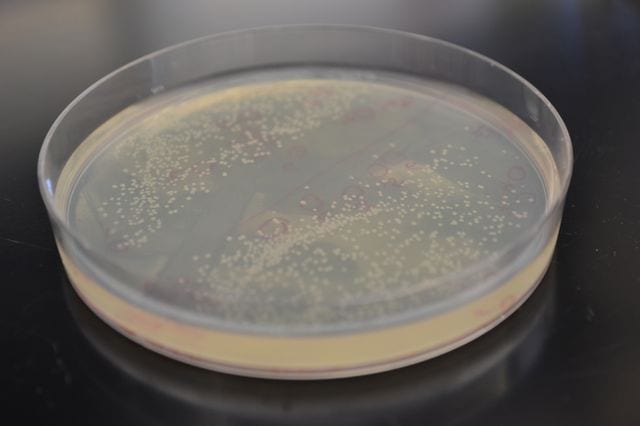
Mayo’s role will emphasize peripheral nerve regeneration
Mayo Clinic researchers are part of the second phase of a national consortium that focuses on developing innovative medical treatments for wounded veterans. Mayo’s role will emphasize peripheral nerve regeneration. Mayo’s principal investigator is Anthony Windebank, M.D., a neurologist and deputy director for discovery in the Mayo Clinic Center for Regenerative Medicine. Other organizations will focus on head and face trauma, burns, transplants and other conditions.
“The opportunity to work together with a multidisciplinary, multi-institutional team that will create new therapies for our injured service members is a privilege, and we are proud that Mayo Clinic will be able to make a contribution to this effort,” says Dr. Windebank. Other Mayo investigators include Michael Yaszemski, M.D., Ph.D., biomedical engineering and orthopedics; Allen Bishop, M.D., orthopedics; Alexander Shin, M.D., orthopedics; and Robert Spinner, M.D., neurologic surgery.
The consortium — the Armed Forces Institute of Regenerative Medicine(AFIRM) — is part of a national effort created to address the health care challenges of severely injured veterans returning from Afghanistan and Iraq. It is funded by the Army Medical Research and Materiel Command, in conjunction with the Office of Naval Research and the National Institutes of Health.
The first phase of AFIRM, which began in 2008, resulted in clinical studies of face transplantation, minimally invasive surgery for craniofacial injuries, a lower-dose anti-rejection regimen after kidney transplantation, scar reduction treatments, fat grafting for reconstructive surgery and new treatments for burns. The second phase (AFIRM-II) is a five-year, $75 million project and will focus on developing clinical therapies.
AFIRM-II will build on the efforts of the first five years, using regenerative medicine to develop new products and therapies to repair battlefield injuries. Regenerative medicine employs cell therapy (including stem cells), tissue and biomaterials engineering, and transplants to enable the body to repair,replace, restore and regenerate damaged tissues and organs. It will accelerate the rate at which biomaterials and technologies are converted into therapies to restore lost tissue and function. These products and therapies also will serve civilian trauma and burn patients.
The Latest Bing News on:
Regenerative Medicine
- Study introduces improved way to grow cells that give rise to kidney's filtration systemon April 30, 2024 at 8:00 am
In a study published in Cell Stem Cell, USC scientists report significant progress in cultivating nephron progenitor cells (NPCs), the cells destined to form the kidney's filtration system, the ...
- USC Scientists Rewrite Kidney Research With Groundbreaking Cell Cultivationon April 30, 2024 at 8:00 am
Researchers at USC have advanced kidney research by developing a new method to cultivate nephron progenitor cells from human stem cells. This method simplifies the process and enhances applications in ...
- ZTX Becomes Payment Option for Real World Medical Services In Japanon April 30, 2024 at 7:18 am
ZTX, the Web3 social metaverse platform, is partnering with Frontier, a leading Japanese operator and distributor of regenerative medicine, to offer its native ZTX token as a payment method for ...
- BioRestorative Therapies Announces Transformative Commercial Agreement with Cartessa, a Global Leader in Medical Aesthetics Technologyon April 30, 2024 at 5:30 am
Leading regenerative medicine and aesthetics innovators collaborate to build a vertically integrated, best-in-class biocosmeceutical platform — ...
- Lineage Receives Grant From California Institute for Regenerative Medicine (CIRM)on April 30, 2024 at 5:00 am
Lineage Cell Therapeutics, Inc. (NYSE American and TASE: LCTX), a clinical-stage biotechnology company developing allogeneic cell therapies for unmet medical needs, today announced that the Company ...
- Global Scaffold Technology Market is set to expand at a CAGR of 11.3% until 2034 | Future Market Insights, Inc.on April 30, 2024 at 3:45 am
The scaffold technology industry is expected to be valued at US$ 1,490.7 million by 2024. The market valuation is estimated to be US$ 4,348.6 million by 2034, projected at a CAGR of 11.3%.
- ROSM can help reduce pain & enhance mobilityon April 26, 2024 at 2:00 am
Struggling with pain that limits your mobility? ROSM in the D.C., Maryland, and Virginia area offers advanced treatments to help you get back to daily activity!
- Cross-species hybrid brain transfers sense of smell to a totally new animalon April 25, 2024 at 9:53 pm
Adding rat stem cells to a mouse embryo resulted in a ‘hybrid brain’ in which the rat cells stepped in to restore function when the mouse’s sense of smell was removed, new research has shown. It’s the ...
- Cabinet approves two bills on regenerative medicineon April 25, 2024 at 9:00 am
The draft regenerative medicine bill stipulates that only government-certified medical institutions can administer such treatments, with individuals or organizations that administer them without ...
- What Is Drug Repurposing And Why Is It A Game-Changer In Regenerative Medicine?on April 23, 2024 at 7:55 am
Repurposed drugs have already undergone rigorous testing for safety and efficacy in other medical conditions. It enables researchers to fast-track their investigations, saving time and resources.
The Latest Google Headlines on:
Regenerative Medicine
[google_news title=”” keyword=”Regenerative Medicine” num_posts=”10″ blurb_length=”0″ show_thumb=”left”]
The Latest Bing News on:
Nerve regeneration
- Finding Comfort: Ways to Manage Arthritis Painon April 30, 2024 at 11:09 am
The morning light brings a harsh awakening . A dull ache throbs throughout your joints, a relentless enemy that tightens its grip with every movement .
- Axogen Announces First Surgical Implants of Avive+ Soft Tissue Matrix™on April 29, 2024 at 2:41 pm
ALACHUA, Fla. and TAMPA, Fla., April 29, 2024 (GLOBE NEWSWIRE) -- Axogen, Inc. (NASDAQ: AXGN), a global leader in developing and marketing innovative surgical solutions for peripheral nerve injuries, ...
- Nerve Repair and Regeneration Market Estimated To Reach USD 32.4 Billion By 2033on April 28, 2024 at 5:00 pm
According to Market.us, the projected size of the Nerve Repair and Regeneration Market is anticipated to reach around USD 32.4 Billion by the year 2033, indicating a significant surge from its value ...
- Nerve Repair and Regeneration Market Beyond the Horizon Envisioning the Future of Market Size Analysison April 25, 2024 at 9:46 pm
Nerve Repair and Regeneration Market is valued approximately at USD 5.72 billion in 2019 and is anticipated to grow with a healthy growth rate of more than 9.15% over the forecast period 2020-2027.
- Salt Water Trick For Sleep And Metabolic Regeneration: Does Renew Salt Water Trick Improve Sleep Quality?on April 25, 2024 at 7:33 pm
This is why more research and focus are provided to the sleep support, metabolic regeneration, and weight loss benefits ... drinking this solution every day in moderation will help boost nerve and ...
- Completely New Use Discovered – This Traditional Herb Has Remarkable Nerve Regenerative Propertieson April 25, 2024 at 4:01 pm
Blessed thistle (Cnicus benedictus), a member of the Asteraceae family, thrives in our climate. This plant has been utilized for centuries as a medicinal herb, often consumed as an extract or tea to ...
- Thistle extract accelerates nerve regeneration by up to 29%on April 22, 2024 at 8:49 pm
Nature has again proven effective in treating health conditions, this time nerve injury. According to a new study, a compound found in the blessed thistle plant accelerates the regeneration of damaged ...
- Blessed Thistle's Healing Power: Cnicin's Pharmacokinetics and Axon Regrowth Discoveredon April 22, 2024 at 3:51 pm
Read more about this promising plant extract to aid drug development for nerve injury. | Drug Discovery And Development ...
- New compound from blessed thistle promotes functional nerve regenerationon April 22, 2024 at 11:34 am
Blessed thistle (Cnicus benedictus) is a plant in the family Asteraceae. For centuries, it has been used as a medicinal herb as an extract or tea, e.g. to aid the digestive system. Researchers have ...
- Blessed thistle compound Cnicin speeds nerve growth, study findson April 22, 2024 at 8:34 am
Blessed thistle (Cnicus benedictus) is a plant in the family Asteraceae and also grows in our climate. For centuries, it has been used as a medicinal herb as an extract or tea, e.g. to aid the ...
The Latest Google Headlines on:
Nerve regeneration
[google_news title=”” keyword=”nerve regeneration” num_posts=”10″ blurb_length=”0″ show_thumb=”left”]










